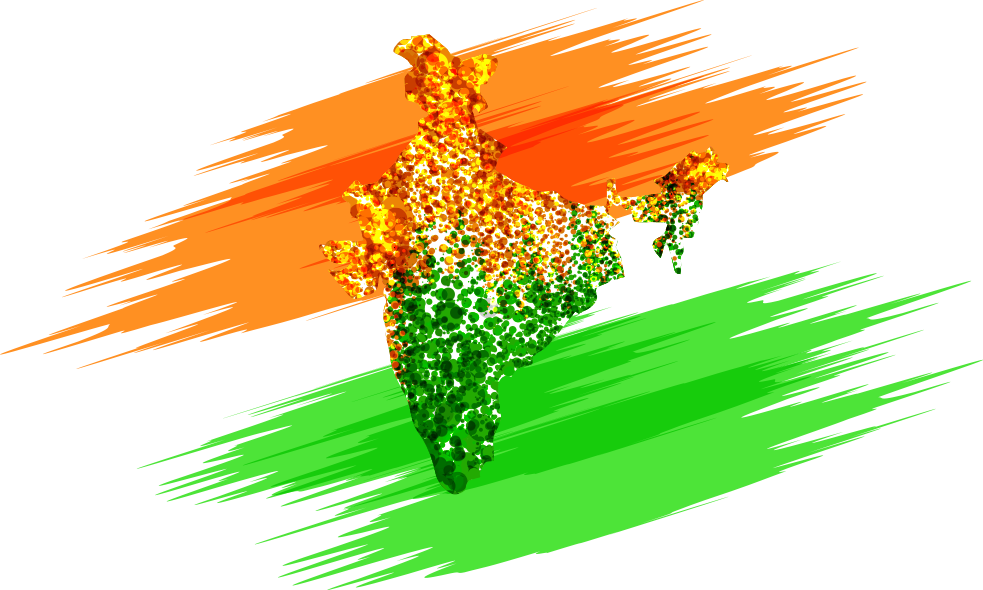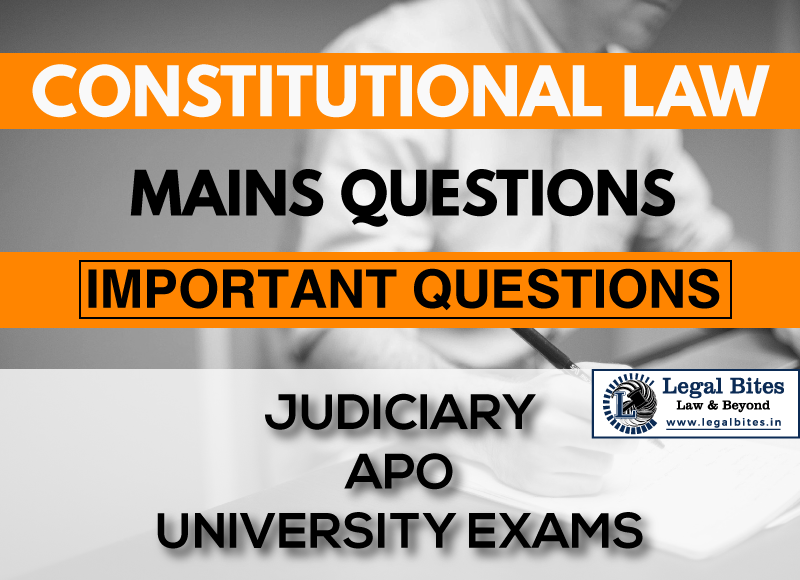Formation of State: Admission of New States and Re-organisation
Formation of State: Admission of New States and Re-organisation | Overview Introduction: Formation of State Formation of State by Admission of new States Formation of State by Re-organisation of States Cession of Territory This article ‘Formation of State: Admission of new States and Re-organisation’ deals with the power of Parliament of admitting new states and to reorganise the… Read More »
;
Formation of State: Admission of New States and Re-organisation | Overview Introduction: Formation of State Formation of State by Admission of new States Formation of State by Re-organisation of States Cession of Territory This article ‘Formation of State: Admission of new States and Re-organisation’ deals with the power of Parliament of admitting new states and to reorganise the existing states under Article 2 and 3. Introduction: Formation of State “India is an...
Formation of State: Admission of New States and Re-organisation | Overview
- Introduction: Formation of State
- Formation of State by Admission of new States
- Formation of State by Re-organisation of States
- Cession of Territory
This article ‘Formation of State: Admission of new States and Re-organisation’ deals with the power of Parliament of admitting new states and to reorganise the existing states under Article 2 and 3.
Introduction: Formation of State
“India is an indestructible Union of destructible units”[1]
India has been characterised as a Union of states [Article 1(1)] where the territory of India comprises identical States, Union Territories and any other territory which the government can acquire at any time [Article 1(3)].
The word “Union” for the word “Federation” is substituted by the drafting committee because it is preferred to follow the language of Preamble to the B.N.A (British North America Act) Act 1867. “The committee wanted to make it clear that though India was to be a Federation, the Federation was not the result of an agreement by the States to join a Federation, and that the Federation, not being the result of an agreement no State had the right to secede from it.”[2] Also, the nature of India was indissoluble which is why the Federation was made Union of States.[3]
I. Formation of State by Admission of new States
The power has been given to the Parliament to enact a law to admit into the Union, or new state can be established ‘on such terms and conditions as it thinks fit’ [Art. 2].
Parliament is having a wide power of admitting new states under Article 2. The implementation of power under this article is influenced by political issues which are having extensive complexity where many of these may not be under judicial control. However, the provision doesn’t give “an unreviewable and unfettered power immune from judicial scrutiny”.
The Supreme Court has observed in relation to Article 2
“The power is limited by the fundamentals of the Indian Constitutionalism and those terms and conditions which the Parliament may deem fit to impose, cannot be inconsistent and irreconcilable with the foundational principles of the Constitution and cannot violate or subvert the constitutional scheme. This is not to say that the conditions subject to which a new state or territory is admitted into the Union ought exactly to be the same as those that govern all other States as it the time of commencement of the Constitution.”
Thus, there are certain permissible latitudes of the constitution that do not permit the Parliament to go beyond them and in order to be immune from judicial scrutiny, it is necessary for Parliament to not over-ride the constitutional scheme and spirit.
II. Formation of State by Re-organisation of States
Article 3 enables Parliament to effect by law reorganisation inter se of the territories of the States constituting the Indian Union.
The history behind this article is that at the time of drafting it, India was not fully integrated with the Princely States. There was a huge possibility of reorganising the states on a linguistic basis but the drafters foresaw the differences and multilingual nature of the various state. Therefore, Art. 3 provides an easy and simple method for the reorganisation of the units as States whenever required.
The power confers on Parliament to enact a law to reorganise the existing states by forming new States out of existing States, or uniting one or more state or part of any state, or alerting their boundaries, or separating, increasing or diminishing the territory of the state, or by changing the name of the state [Art. 3].
The power of Parliament under this article is dependent upon certain conditions:
- A bill cannot be introduced for any such purpose in a House of Parliament except on the recommendation of the President.
- If the Bill affects the name, area or boundaries of a State, then the President has to not recommend to Parliament rather refer the same to the State Legislature concerned for expressing its views on it within such time which is fixed by him.
If the views are not expressed by State legislature within the stipulated time then it is free for Parliament to proceed on the matter as it likes. If once a Bill has been referred to the State Legislature, it can later be amended by Parliament and no fresh reference to the State Legislature is required to ascertain its views on the proposed amendments.[4]
III. Cession of Territory
Though Parliament is empowered to reorganise the States it cannot cede any Indian territory to a foreign nation. This point is established by the Supreme Court in an advisory opinion in 1960.[5]
There was a question asked by President to Supreme Court for advice under Article 143
“Whether Parliament could cede Indian Territory to a foreign country by making a law under Art 3, or was an amendment of the Constitution under Art. 368 necessary?”
On this, the Supreme Court stated that Art. 3 deals with internal matters those require internal adjustments inter se of territories of the constituent states. The authority of Parliament “to diminish the area of any State” envisages taking out a part of the area of a State and adding it to another State; area diminished from one State must continue to be a part of India and it “does not contemplate cession of natural territory in favour of a foreign country”.[6] Therefore, the only way to cede the Indian Territory to a foreign country is by enacting a formal amendment of the Constitution under Article 368 to make significant changes to the First Schedule of the Constitution i.e. constitutional amendment is necessary for de jure and de facto ceding the India territory to a foreign country.
[1] Raja Ram Pal v. Speaker of Lok Sabha, (2007) 3 SCC 184,248.
[2] HM Seervai, Vol. 1, p. 307
[3] C.A.D., Vol. 7, p.43
[4] Jain MP, Indian Constitutional Law, (7th ed, 2016), p. 298.
[5] In ref. on Berubari, AIR 1960 (3) SCR 250.
[6] Jain MP, Indian Constitutional Law, (7th ed, 2016), p. 301.




